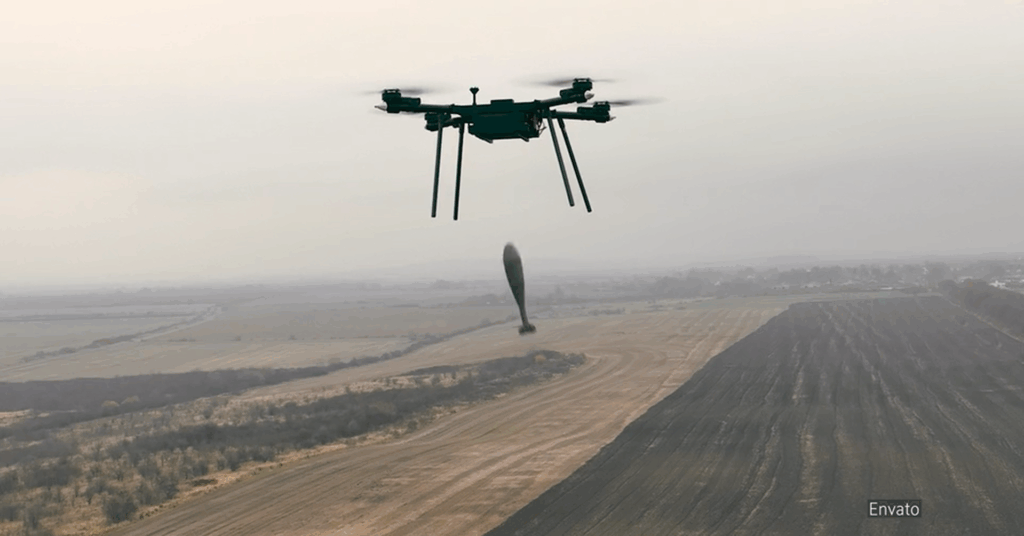
The emergence of advanced drones has fundamentally altered modern warfare, necessitating a rapid evolution of counter-drone technologies and strategies. As these unmanned aerial vehicles (UAVs) become increasingly capable and lethal, military organizations worldwide must adapt to neutralize this growing threat effectively.
Drones have been integrated into various military operations, providing reconnaissance, intelligence, and even direct attack capabilities. Their versatility and affordability make them attractive to state and non-state actors alike. According to a report by the European Defense Agency, drone usage in conflict zones has increased by over 200% since 2020, highlighting their rising prominence on the battlefield.
Countermeasures Struggle to Keep Up
As drone technology advances, so too must the systems designed to counter them. Current counter-unmanned aerial systems (counter-UAS) face significant challenges in identifying and neutralizing these agile threats. Traditional defense mechanisms, such as electronic warfare and kinetic interceptors, may not be sufficient against modern drones that employ sophisticated evasion techniques.
The U.S. Department of Defense has recognized this urgent need for innovation. In a statement released in early March 2024, the department outlined a new initiative aimed at developing cutting-edge counter-UAS technologies. This initiative focuses on enhancing detection capabilities and improving response times to drone incursions in conflict areas.
Moreover, the market for counter-drone solutions is expanding rapidly. According to a report by MarketsandMarkets, the global counter-UAS market is projected to reach $2.2 billion by 2025, driven by increasing investments from military and defense contractors. This growth underscores the pressing need for effective countermeasures as drone threats evolve.
Challenges and Opportunities Ahead
The landscape of warfare is shifting, and with it comes both challenges and opportunities for defense contractors. Companies specializing in counter-UAS technologies must navigate a complex environment characterized by rapid advancements in drone capabilities. Partnerships between private firms and military organizations are becoming essential to achieve the necessary technological breakthroughs.
Experts emphasize the importance of international collaboration in developing effective counter-drone strategies. Countries facing similar threats can benefit from sharing information and resources, creating a unified front against the misuse of drone technology.
In addition, ethical considerations surrounding the use of drones and counter-drone systems are increasingly under scrutiny. The potential for civilian casualties and collateral damage raises important questions about the deployment of such technologies in conflict zones. Military organizations must balance the need for effective defense with the moral implications of their actions.
As the battlefield continues to evolve with the integration of drones, the demand for effective countermeasures will only increase. The next few years will likely see significant developments in both drone technology and counter-UAS systems, shaping the future of military engagements around the globe.
The urgency for innovation in counter-drone technology cannot be overstated. With the stakes higher than ever, military organizations and defense contractors must work collaboratively to stay ahead of this rapidly changing landscape. The future of warfare depends on their ability to adapt and respond effectively to the challenges posed by drones.





